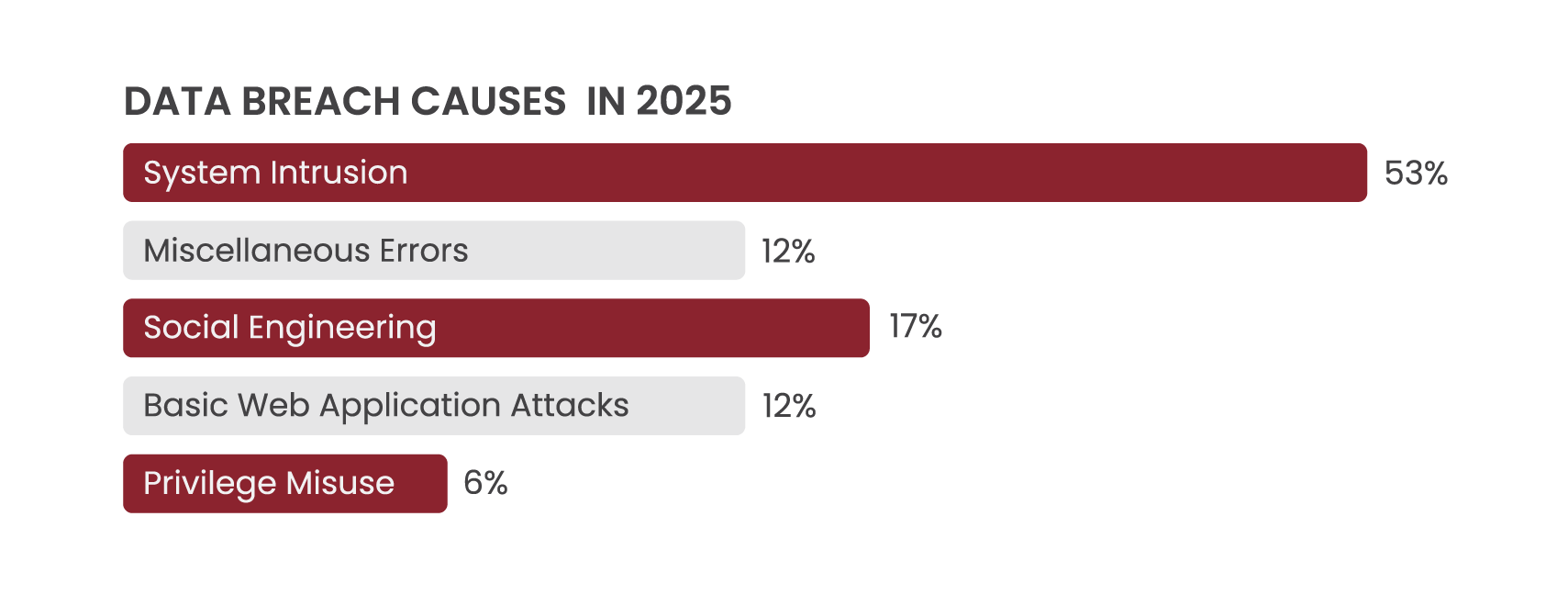Our offices will be closed for the holiday season from December 25, 2025, to January 11, 2026. For urgent matters, please contact support@pecb.com.
Our offices will be closed for the holiday season from December 25, 2025, to January 11, 2026. For urgent matters, please contact support@pecb.com.
Our offices will be closed for the holiday season from December 25, 2025, to January 11, 2026. For urgent matters, please contact support@pecb.com.
In the digital age, where a majority of an organization’s operations are conducted online, safeguarding data is crucial for its reputation and credibility. Organizations are facing an ever-evolving array of security threats that target their data. Hence, they cannot view Information Security Risk Management (ISRM) as a box to tick, but rather as a crucial part that needs to be ingrained in every aspect of their organization and align with its business objectives.
ISRM is a list of coordinated activities that direct an organization to safeguard its information from risk. This includes identifying potential threats and vulnerabilities, categorizing them based on their likelihood and impact, taking appropriate measures, and monitoring their effects.
Ransomware attacks, data breaches, and insider threats are just a few of the issues that organizations frequently face, as the surge in AI growth provides bad actors with more avenues to target organizations. According to Verizon’s Data Breach Investigations Report, exploitation of vulnerabilities reached a 20% share, while the presence of ransomware grew by 37% year-over-year. Meanwhile, the number of ransom payments dropped, as victims were less willing to pay the ransom. The general overview of the data breach causes in 2025 is presented in the graph below:

These stats present the need for a standardized method that companies can implement to combat these threats.
Organizations worldwide adopt an Information Security Management System (ISMS) based on ISO/IEC 27001 as the primary defense against information security risks.
The ISMS is a risk-based framework comprised of policies, processes, roles, and controls designed to protect the confidentiality, integrity, and availability of information. The ISO/IEC 27001 standard sets forth the requirements to establish, implement, maintain, and continually improve an ISMS. It is complemented by ISO/IEC 27002, which contains a control catalogue from which organizations can select the appropriate controls for their specific context, and ISO/IEC 27005, which provides guidelines and a methodology for identifying, analyzing, treating, and monitoring risk.
Additionally, NIST CSF 2.0 serves as the outcome model through which ISMS outcomes are reported.

In the first step, the scope of the ISRM should be established along with the risk criteria and the assets that will be covered in the scope. The requirements of the interested parties and regulatory obligations are also defined in this step.
Once the scope and assets are defined, the next step is to identify the potential risks associated with them, along with their respective risk owners. This can be done through reviewing past incidents, threat modeling workshops, and consulting with third parties, among other methods.
The defined risks and threats are then analyzed and evaluated. The analysis can be done qualitatively or quantitatively. Qualitative analysis involves assessing the likelihood of the risk and its potential impact, which may be financial, operational, legal, safety-related, or reputational in nature. In comparison, quantitative risk is measured through the frequency of events and the magnitude of the impact, expressed in ranges such as percentiles.
The risks are then evaluated against the established risk criteria, particularly the risk acceptance criteria, to determine the next steps.
Once the risks are analyzed and evaluated, organizations must decide on their approach. They can choose to avoid the risk by stopping the processes altogether, mitigate it by taking measures, transfer it to a third party (e.g., insurance), or accept it if they can tolerate its potential impact.
Organizations need to monitor their management system to ensure it is achieving the intended outcomes and to identify opportunities for improvement. This is done through monitoring KPI’s, internal audits, management reviews, etc. Furthermore, communication and consultation with interested parties should be ongoing, not just at the end of a cycle.
Here at PECB, we put utmost importance on information security. Through our specialized training courses, we equip professionals to effectively lead information security projects that align with international best practices.
ISO/IEC 27005 Training Courses:
ISO/IEC 27001 Training Courses:
Information Security Risk Management is one of the pillars on which a successful organization is built. When combined with the ISMS, ISO/IEC 27005 provides organizations with a standardized framework and a repeatable method for managing their information security risks, ensuring comprehensive coverage against cybersecurity threats. This enables organizations to achieve their goals and remain competitive in their respective industries.
About the Author
Albion Beqaj is a Content Editing Specialist in the PECB Marketing Department. He is responsible for evaluating the written material, ensuring its accuracy and suitability for the target audience, and ensuring that the material meets PECB standards. If you have any questions, feel free to contact us at support@pecb.com.
Share
